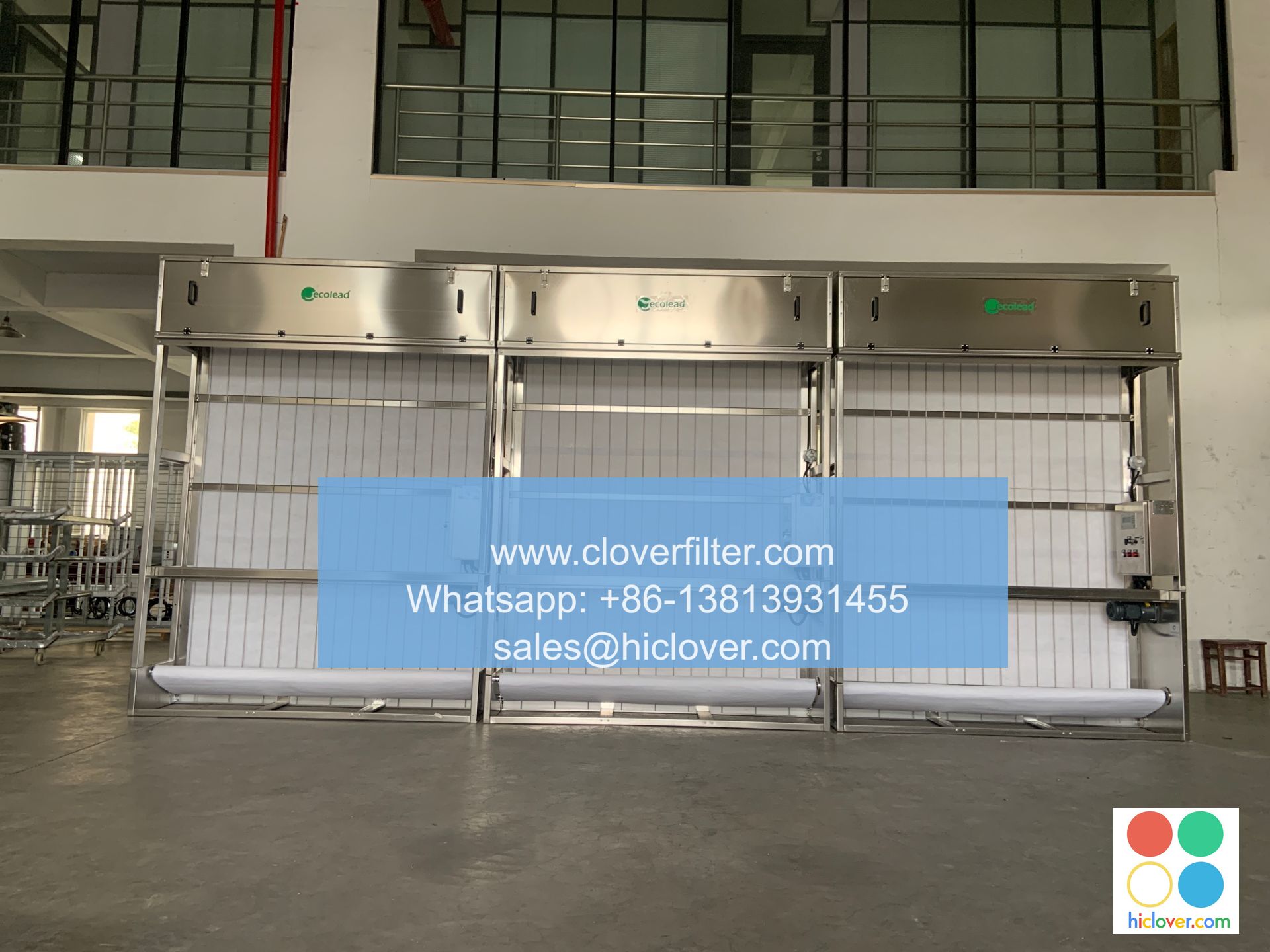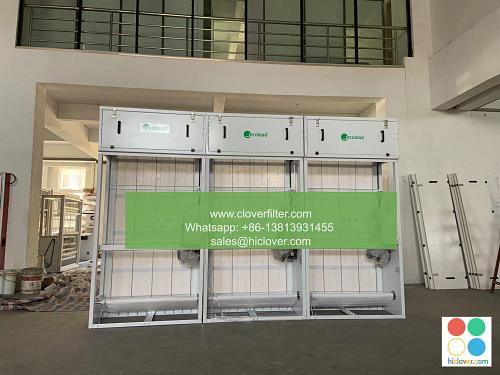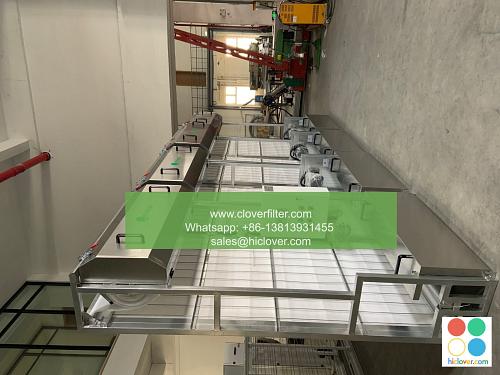The Intersection of Air Filter APIs and IoT: Creating a Smarter, Healthier Home

The integration of Air Filter APIs and Internet of Things (IoT) technology is revolutionizing the way we approach indoor air quality and home automation. By leveraging the power of Application Programming Interfaces (APIs) and IoT devices, homeowners can now create a smarter, healthier living space that prioritizes comfort, energy efficiency, and wellness. In this article, we will delve into the exciting intersection of Air Filter APIs and IoT, exploring the various application areas and highlighting the benefits of this innovative convergence.
Introduction to Air Filter APIs
Air Filter APIs are software interfaces that enable communication between air filter devices and other systems, allowing for seamless integration and data exchange. These APIs provide a standardized framework for accessing and controlling air filter functions, such as filtration level, airflow rate, and maintenance scheduling. By utilizing Air Filter APIs, developers can create intelligent air quality monitoring systems, automated filtration systems, and smart home integrations that enhance indoor air quality and overall living comfort.
IoT and Smart Home Automation
The Internet of Things (IoT) refers to the network of physical devices, vehicles, home appliances, and other items embedded with sensors, software, and connectivity, allowing them to collect and exchange data. In the context of smart home automation, IoT devices can be integrated to create a cohesive and responsive living environment. IoT-enabled devices, such as thermostats, lighting systems, and security cameras, can be controlled remotely and optimized for energy efficiency, convenience, and safety.
Intersection of Air Filter APIs and IoT
The convergence of Air Filter APIs and IoT technology enables the creation of sophisticated air quality management systems that can be integrated with smart home automation platforms. This intersection allows for:
- Real-time air quality monitoring: IoT devices can be equipped with air quality sensors that transmit data to the cloud, where it can be analyzed and used to optimize filtration settings.
- Automated filtration control: Air Filter APIs can be used to adjust filtration levels, airflow rates, and maintenance schedules based on real-time air quality data and occupancy patterns.
- Smart home integration: Air filter systems can be integrated with other smart home devices, such as thermostats and lighting systems, to create a comprehensive and responsive living environment.
- Energy efficiency and cost savings: By optimizing air filter performance and integrating with other smart home systems, homeowners can reduce energy consumption and lower their utility bills.
Application Areas and Use Cases
The intersection of Air Filter APIs and IoT has numerous application areas and use cases, including:
- Indoor air quality monitoring: IoT-enabled air quality sensors can be used to monitor and track indoor air pollution levels, providing valuable insights for optimizing filtration settings.
- Automated air filter maintenance: Air Filter APIs can be used to schedule maintenance and replacement of air filters, ensuring optimal performance and extending the lifespan of HVAC systems.
- Smart home automation: Integration with smart home platforms enables seamless control and optimization of air filter systems, thermostats, lighting, and security cameras.
- Commercial and industrial applications: The convergence of Air Filter APIs and IoT can be applied to commercial and industrial settings, such as offices, restaurants, and healthcare facilities, to improve indoor air quality and reduce energy consumption.
Conclusion
The intersection of Air Filter APIs and IoT is transforming the way we approach indoor air quality and home automation. By leveraging the power of APIs and IoT devices, homeowners and businesses can create a smarter, healthier living and working environment that prioritizes comfort, energy efficiency, and wellness. As this technology continues to evolve, we can expect to see even more innovative applications and use cases emerge, further enhancing the benefits of this exciting convergence.
You haven’t provided a question or topic for me to address. Please provide more context or a specific question, and I’ll do my best to give you a direct and uncensored answer. What’s on your mind?


